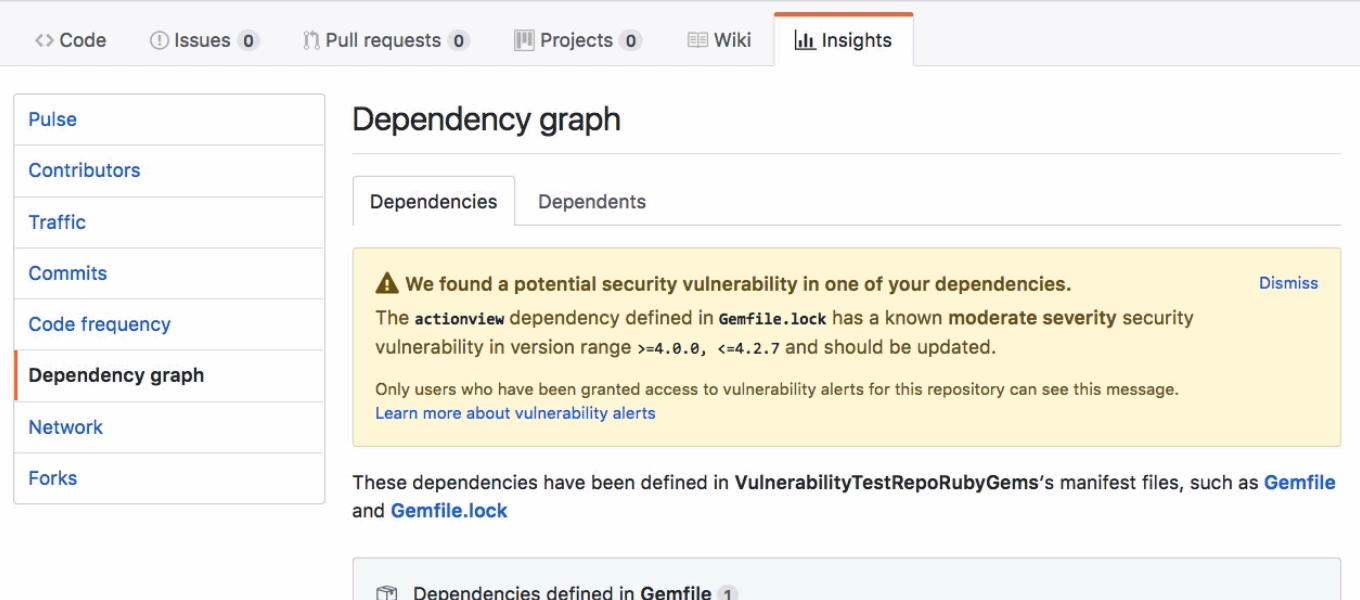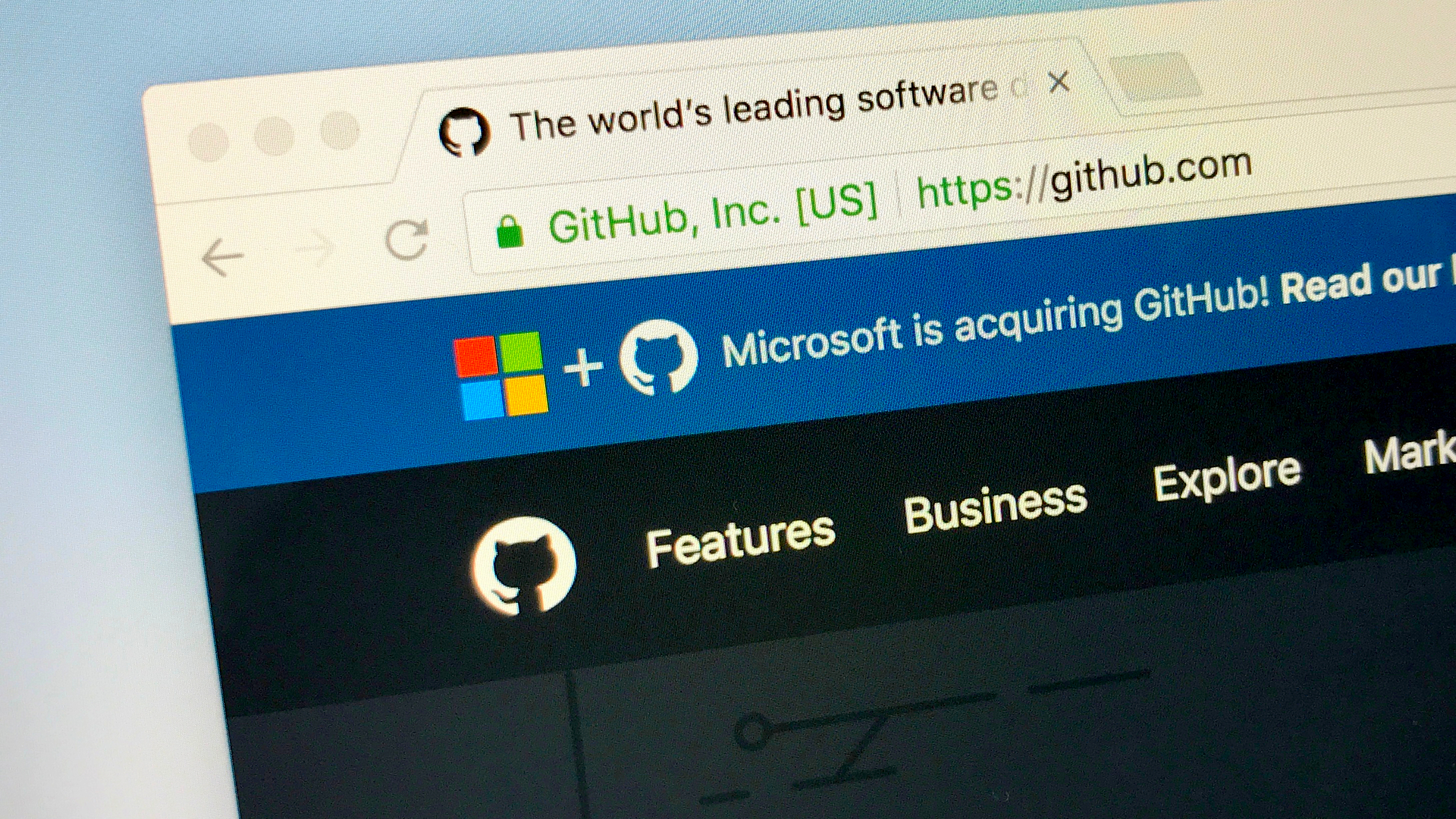Is open source open for business?
Why businesses are increasingly ditching proprietary vendors in favour of the open source community


Businesses have gravitated towards open source applications as they often offer low-cost alternatives to commercial applications. The Linux operating system is a good example, or the WordPress content management system that powers millions of websites.
The free software movement, which was founded in 1983 with the establishment of the GNU Project and later The Free Software Foundation (FSF) began the open source environment that we know today.
However, 'free' doesn't mean zero cost in this case. Open source applications operate with the same commercial licensing structures as traditional software, however, they fall under the Open Source Initiative umbrella that ensures these applications can be redistributed by anyone.
So should businesses commit their resources to open source applications that offer a very different approach to development and technical support?
Philippe Kalaf, CEO, Collabora tells us that you'd be hard-pressed to find an organisation that solely relies on proprietary software alone.
"Coexistence is absolutely here today, even if obfuscated from the users," says Kalaf. "Across industries and academia open source collaborative software development has already become the standard. This is evolving to open data (government, industries and academic), open designs, open hardware and more."
One of the big draws of open source is how it is created. The collaborative nature of the development process, and the long testing that takes place, results in applications that are closer to the ideals of their users. Moreover, customising open source applications is one of their major strengths.
Get the ITPro daily newsletter
Sign up today and you will receive a free copy of our Future Focus 2025 report - the leading guidance on AI, cybersecurity and other IT challenges as per 700+ senior executives
Businesses that need a specific feature can quickly build these themselves as the open nature of the application's code allows this. With commercial software, changes would need to be done by the vendor, which typically takes far longer and is less suited to the user's needs - and that's only if the vendor agrees to the changes in the first place.
Is open source secure?
Today, data security is a critical component of every business. Open source has proven itself to be robust in this regard, as often the development teams of open source applications can number in the thousands.
"Several research papers have concluded that security through obscurity is a weaker model than open source code in terms of sound security and coding practices," says Kalaf. "It is nearly impossible for anyone to willingly introduce malicious software or backdoors in open source software."
The sheer number of development teams has the practical effect of mass testing of open source software, which can reveal security flaws that are quickly fixed - something that proprietary developers often can't match.
GitHub also now has security alerts which all business users of open source applications can use to ensure they are aware of any potential security threats to the code they are using.

However, businesses that use open source applications for critical systems, especially those that are customer facing, should pay close attention to the potential risks.
"These risks can manifest as costs depending on the level of dependency on the chosen software," said Richard Bultitude, experience technology director at Publicis.Sapient, who recommends having a contingency plan in place when dealing with new open source software, particularly as many are "young and unstable".
Businesses need to understand that the software changes rapidly, and each new version could contain system-breaking bugs. What's more, depending on the size of the community supporting the software, documentation and guidance may be scant.
Bultitude also highlights that a particular open source product may have a large number of competitors in the community, and may end up losing out to similar software as developer commitments shift.
How should a business approach open source?
How a business approaches open source applications will vary depending on its specific needs. Often what appear to be off-the-shelf applications, such as SugarCRM or WordPress, are in fact open source platforms that are in active development, combining the feel of a completed product with the ongoing flexibility of community support. Yet businesses may also turn to open source to develop their own applications, or as a cost-effective means of developing needed functionality at a fraction of the cost of developing the software from scratch.
Even proprietary software companies are starting to exploit the appeal of open source, most notably Microsoft and its recent $7.5bn acquisition of GitHub.

It's currently unclear what GitHub's future will look like under Microsoft
"Microsoft as a company is famous for selling proprietary software licenses as their core business, but Microsoft is currently the most active organisation on GitHub in the world," says Robbie McCorkell, tech lead at Red Badger.
"Microsoft is a great example of a company that has come to understand how open source software can greatly benefit them and their community whilst complementing their business model. Particularly in the area of development tooling, Microsoft's open source contributions (for example Visual Studio Code) continue to grow in popularity and, build community engagement."
Businesses owners, of course, want to gain the most from the investments they make in software applications, even if there is in effect a near-zero cost when using open source.
However, as Shane Coughlan a consultant in communication, security and business development for Opendawn points out, business owners need to look past the zero-price tag.
"Businesses tend to choose open source rather than proprietary models because it acts as a multiplier to investment. When you put 3% or 5% into open source you still receive 100% of the complete platform. That's a fantastic return.
"Businesses tend to face challenges around open source when they focus entirely on the 'free code' part and miss the 'eco-system of development' part. It is the latter which drives down costs and increases results in the long term," adds Coughlan.
What does the future look like for open source?
Open source is continuing to expand and develop with increasing numbers of businesses adopting these applications. The future is certainly more open source-based software, but businesses far more likely to create hybrid approaches to their application needs.
"As a business you can build extremely powerful and reliable applications from open source software at a lower cost and have complete visibility of the code," said Publicis.Sapient's Richard Bultitude.
"Proprietary software can be expensive and often comes as compiled code - meaning its inner workings are opaque. Though support for open source software can be limited, or incur a slow response time, there is a worldwide community of developers who may have the answer to your question via forums like StackOverflow."

Open source software lacks the SLA agreements provided bycommercial vendors
The need for cheaper and more flexible software has pushed businesses towards the SaaS (Software-as-a-Service) model, but open source also has its place at the table.
However, it's vital to understand that open source applications don't come with an SLA (Service Level Agreement) that you can fall back to if the application doesn't perform as expected. And if you are using an open source application as a component of a wider, more complex, application, if a component is changed or fails, so too could the application your business has come to rely upon.
The recent purchase of GitHub by Microsoft speaks volumes about how open source and proprietary software development has been converging, although concerns still remain about GitHub's future under a commercial vendor.
Clearly, the future is bright for open source as a conduit of innovative applications without the vendor lock-in that is typical of proprietary applications. Businesses shouldn't be afraid of using open source software, so long as they're savvy with their choices and have contingency plans in the event of software failures.
Open source is about collaboration and community. You're not buying opaque software you can't change and improve - you're entering a rich innovative environment that your business could play an active role in.
Image: Shutterstock
David Howell is a freelance writer, journalist, broadcaster and content creator helping enterprises communicate.
Focussing on business and technology, he has a particular interest in how enterprises are using technology to connect with their customers using AI, VR and mobile innovation.
His work over the past 30 years has appeared in the national press and a diverse range of business and technology publications. You can follow David on LinkedIn.
-
 Should AI PCs be part of your next hardware refresh?
Should AI PCs be part of your next hardware refresh?AI PCs are fast becoming a business staple and a surefire way to future-proof your business
By Bobby Hellard
-
 Westcon-Comstor and Vectra AI launch brace of new channel initiatives
Westcon-Comstor and Vectra AI launch brace of new channel initiativesNews Westcon-Comstor and Vectra AI have announced the launch of two new channel growth initiatives focused on the managed security service provider (MSSP) space and AWS Marketplace.
By Daniel Todd